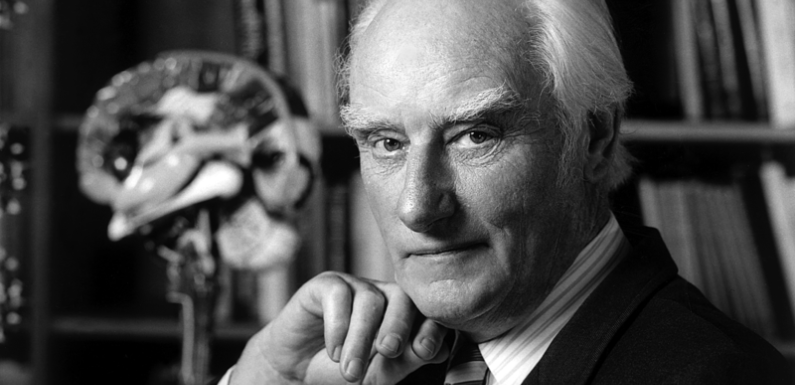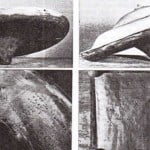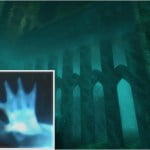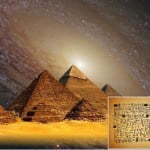
Francis Crick was a prominent English scientist who co-founded the structure of the DNA molecule in 1953. He was awarded a Nobel Prize for Physiology for Medicine. Given his book, Life Itself, we realize he claimed the DNA molecule couldn’t have generated here on Earth.
Crick was one of the many brilliant scientists to whom the media, unfortunately, didn’t pay much attention. The reason for that was that he was theorizing something that confronted the dominant framework.
In his 1982’s book, Life Itself, he discusses how the DNA molecule couldn’t have origin here on Earth but rather somewhere else.
The prevailing scientific thought is that we appeared when a cluster of molecules randomly crashed into each other, generating life.
However, in the opinion of Mr. Crick, we are an outcome of so-called Directed Panspermia. He and Leslie Orgel, a British chemist, published their theory in 1973.

Their paper talks about how “organisms were deliberately transmitted to earth by intelligent beings on another planet. We conclude that it is possible that life reached the earth in this way, but that the scientific evidence is inadequate at the present time to say anything about the probability. We draw attention to the kinds of evidence that might throw additional light on the topic.” (Source)
Concerning the mainstream theory we previously mentioned, Crick’s opinion is that it’s most likely not reliable.
On the other hand, concerning his theory, he has quite many supporters who have claimed they found evidence to justify it. Maybe even he, himself, had evidence he never presented. After all, he was not just anybody on the street a hungry imaginative mind. He was a scientist who won a Nobel Prize on the DNA molecule subject.
However, we haven’t yet found the complete biological functions of the total DNA. This means the whole concept carries a lot of mystery. Mystery that might has the answer to the human’s real origin.
A couple of years ago, the Director of the Buckingham Centre for Astrobiology at the University of Buckingham, Chandra Wickramasinghe, released a study. The object of research involved supposed discoveries of the first evidence of extraterrestrial life in a celestial body.
Wickramasinghe called the attention with the Huffington Post in 1962:
“Hoyle and I, pioneers the theory of carbon grains in space to replace the old ice grain theory. This was vehemently resisted by the astronomical community at the outset, but with the dawn of infrared spectroscopy, the ice grain theory gave way to the carbon dust theory. Over a few years, after a great deal of model-fitting, we came to the conclusion that material similar to biomaterial fitted all the available data in astronomy. We considered the possibility that microbiology had a universal character, and no observations in astronomy or new information from biology has d contrary evidence. If only ideas that are considered orthodox are given support through award of publication opportunities, it is certain that the progress of science will be stifled as it was throughout the middle age.”
Furthermore, the author Graham Hancock said that we look like species that have amnesia. We apparently don’t remember who we are and how did we get on Earth. Interesting, huh?









